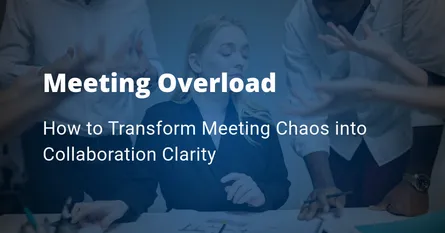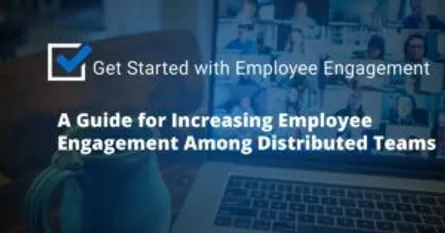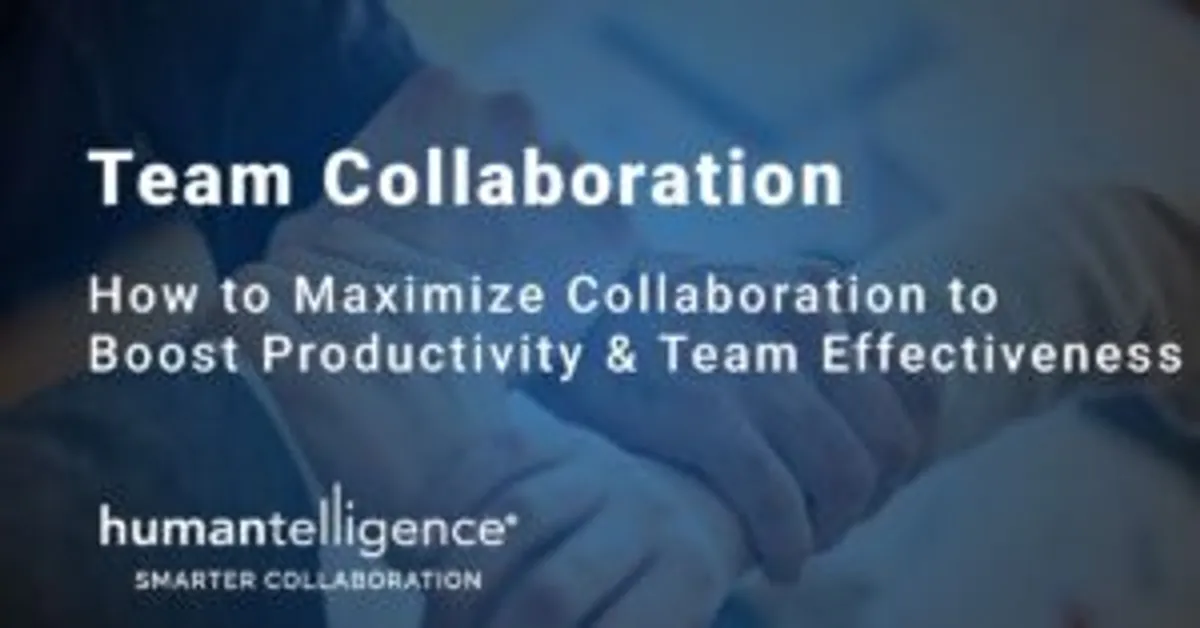
How to Maximize Team Collaboration to Boost Productivity & Engagement
- Admin
- Collaboration
- 13 Jul, 2023
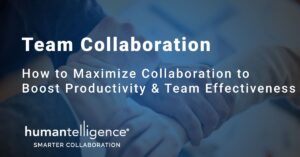
Surveying 1,000 employees and managers across the United States to explore their most pressing workplace concerns in the current environment, Lucid research revealed a need for better tools to support virtual team collaboration and productivity in the wake of the COVID-19 pandemic. While over 90% of C-suite executives rated productivity as their biggest concern, a staggering 75% of employees responded that collaboration is actually what’s suffered the most since transitioning to working from home.
In truth, productivity and collaboration are directly linked. Increase your team’s collaborative potential, and you’ll increase their productivity. The key to doing both is adopting agile workflows and processes that allow for iteration, exploration, and meaningful collaboration. One thing is clear: businesses should adopt new solutions and a different approach to ensure employees can ideate together to efficiently produce better work than ever before.
So let’s talk about the power of collaborative pairs at work. This can take the form of workplace mentoring or coaching and is a cost-effective way for existing, well-trained or experienced employees to provide guidance and knowledge to less-experienced employees or to employees who differ from them. The mentor is typically not the direct manager or supervisor of the mentee, and the outcomes differ, depending on the goals of the pairing.
Serving as an example, the mentor helps the mentee develop new skills, become better problem-solvers, build new ways of interacting and behaving, and get acclimated to the work environment. For the mentor, it is a way to practice leadership and development skills and may help them advance within the organization. It’s also an opportunity for mentors or coaches to learn from those who are different from themselves.
And as employees settle into remote and hybrid work arrangements, collaborative pairing/coaching/mentoring is an opportunity to connect socially, deepened workplace relationships, and formulate creative, innovative or new ideas.
For the company, a mentor/coaching program is also a great way to strengthen employee engagement, reduce turnover, and see productivity increase. There are five common ways companies use mentorship in the workplace.
- Career Mentoring for Improved Employee Career Development
- High-Potential Mentoring for Leadership Development
- Diversity Mentoring for an Inclusive Workplace
- Reverse Mentoring for Efficient Knowledge Sharing
- Mentoring Circles for Collaborative Learning
Why Team Collaboration Is Important
Collaboration is when two or more people work together through idea sharing and thinking to accomplish a common goal. It doesn’t matter if you are collaborating with someone right next to your cubicle or someone across the country or world; you can now collaborate effectively through technology. Team or peer collaboration can provide solutions, give individuals a strong sense of purpose, and also reinforce that you are all on the same team. If that isn’t enough, here are some other benefits of collaborating:
Increased Job Satisfaction & Employee Retention
You can’t disagree that when you figure out an answer to a problem, you feel a sense of reward. The same goes for pairs working on a problem and finding a solution to that problem. As managers and owners, we have to acknowledge when these collaborations succeed and give them credit for the job well done. When employees feel like they are a part of a team, they are more likely to stay at their job.
Specifically, the mentor-like collaboration experience has shown to positively influence job satisfaction among employees. According to Forbes, retention rates were significantly higher for mentees (72%) and for mentors (69%) than for employees who did not participate (49%) in a mentor/mentee collaborative pairing. It’s been proven that it is more costly to acquire new talent than it is to retain employees, and mentorship programs can help reduce these costs.
Faster Problem Solving
We all have those problems or issues that come up, and we need help figuring out what to do. Many times we try to figure out a solution ourselves. If we put together a pair, chances are you will arrive at a solution a lot faster than trying to figure it out yourself. The concept goes back to elementary school and getting someone else to proofread or what they call peer review your school paper. That other person always has new eyes and can see something we missed; the paper always came out better after that peer review.
Discover Employee Skills/New Expertise
During team collaboration, you may discover a skill or expertise from an employee that you would have otherwise never known. When you allow employees to work together in a team you are taking them out of their normal work environment and allowing them to be creative. When you make space for this kind of work, you will see different strengths from those employees.
While it’s expected that the mentors are improving the skills of the mentees, what professionals may not realize is that the mentors are also improving their skills through knowledge sharing. For example, employees of differing generations paired together could discuss topics like technological changes or how to efficiently structure one’s workday. There is a give and take in collaborative pairings like this.
Diversity, Inclusion & Belonging
Diversity and inclusion are significant challenges for organizations. Mentoring and team collaboration can help promote diversity in leadership by encouraging the sharing of opinions, knowledge, and ideas throughout an organization. A successful mentor program can serve to better attract and retain employees from all different backgrounds and walks of life, while helping current employees become more comfortable with ideas, backgrounds, and experiences other than their own.
Creating Power Pairs for Team Collaboration
When you first set out to create collaborative mentor/mentee pairs, you will need to decide what your objectives are and how you will measure them, using KPIs like satisfaction scores, learning targets, engagement activity, retention rate, or project goals just to name a few. Once you’ve done the hard work of designing the program and onboarding lots of eager participants, it’s time to match them.
The details the participants were required to enter upon sign up – such as background, skills, experience, interests and so on – can be used to match mentees with mentors who can best help them reach their goals. Most of the time, matching mentees with mentors who can best help them reach their goals is done manually by program organizers, and while they often have great knowledge of the objectives and participants this manual matching is naturally subject to human bias and blind spots. As a result, you might not get the most effective pairings, and as a result, productivity between the two will suffer.
To maximize team collaboration, use tools designed to support better collaboration. For example, psychometric tools can give you a multi-dimensional snapshot of a person, rather than just a bulleted list of facts from a resume or accomplishments list. It includes comprehensive data on an employee’s critical behaviors, motivators, and work styles, as well as sought-after skills like communication, creativity and adaptability. When you assess this kind of data right alongside cognitive abilities, you’ll find yourself removing unconscious biases and engaging in a more inclusive approach to identifying teaching & learning opportunities for all of your employees.
With a matching tool designed to boost collaboration and that leverages this kind of data, you can easily perform a many-to-many comparison of employee segments or teams so you can see who might be best to match up. This technology uses a similarity score so you can see who’s most similar or drastically different. By clicking on the similarity score, you then reveal a side-by-side comparison of potential coach/mentor and coachee/mentee.
When you have your pairs in place – and they set off to learn more about each other, help in each other’s work, or work on a specific project together – you can also equip them with this kind of data so they work with one another more effectively. Imagine being able to click on your mentor or mentee’s name in email, chats, or video meetings, and see real-time tips for communicating, motivating, and learning. Based on their behaviors, motivators, and work energizers, this tool takes the guesswork out of how to best collaborate with one another – freeing up your time to come up with creative, new ideas or solve problems together.
Most organizations are striving for increased engagement and long-term retention. Those rates tend to increase when the company prioritizes employee relationship building, mentorship and coaching, team collaboration, as well as learning and growth opportunities. Collaborative mentoring programs are just one of many strategic ways to develop employees and improve retention. We can help you do that.
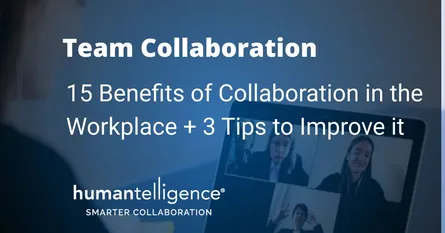
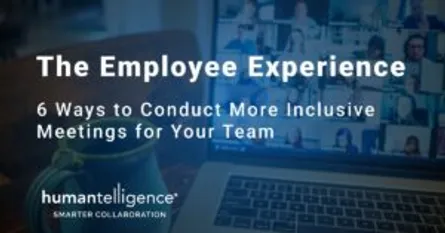
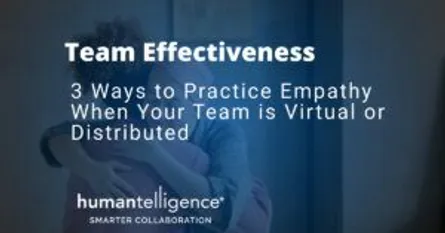
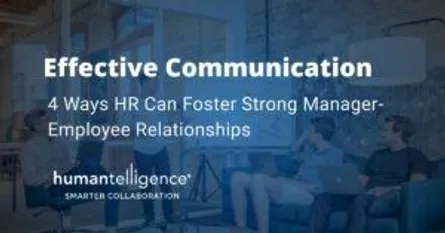
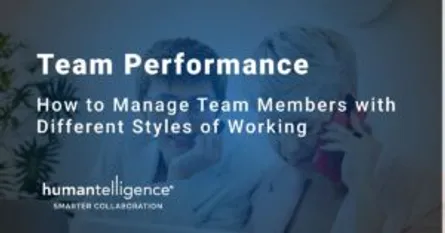

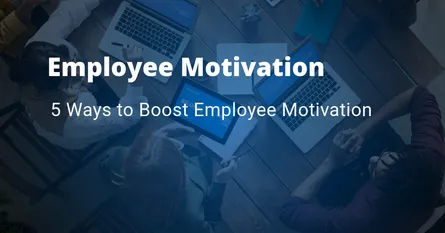

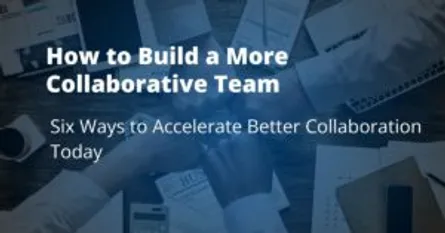

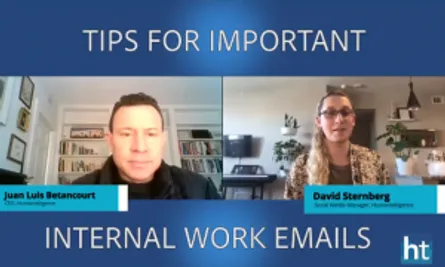
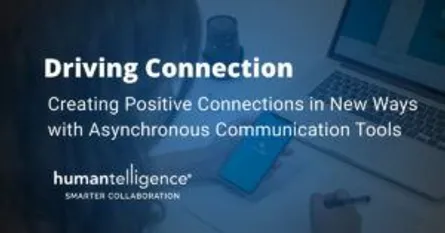
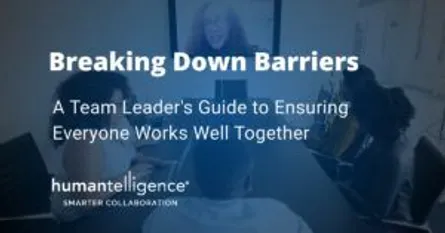
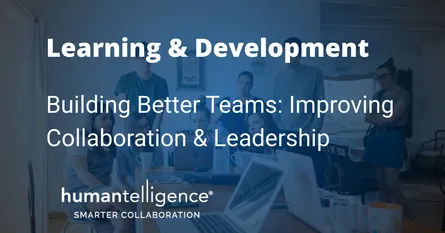

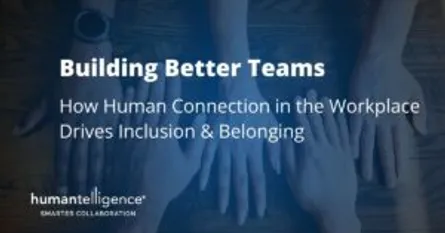

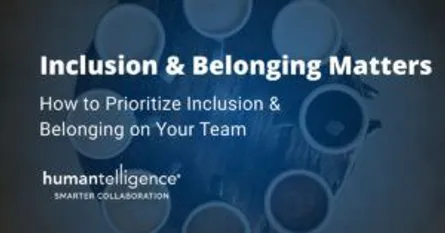


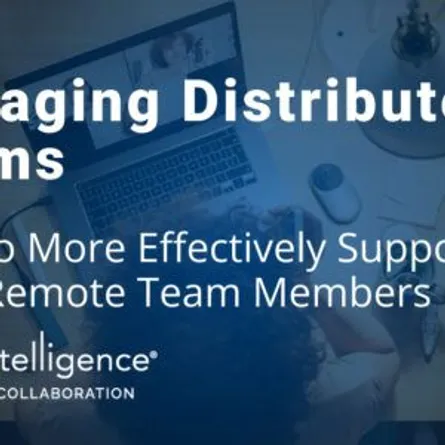
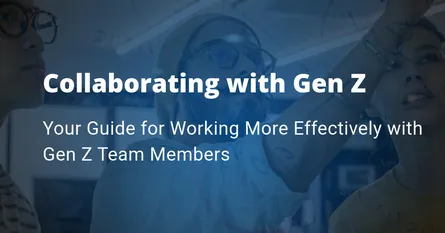
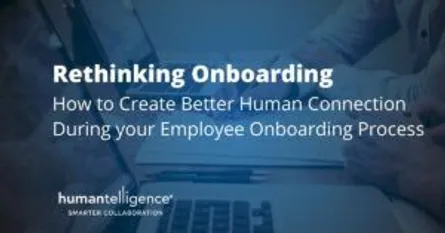

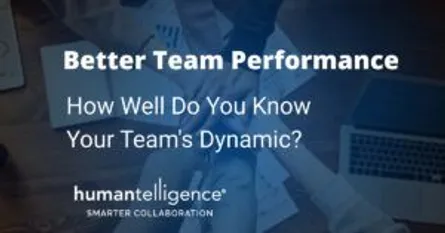
-Low-Quality.DNBpXyLx_1VXSiM.webp)
.CiqwvMOO_A63sY.webp)
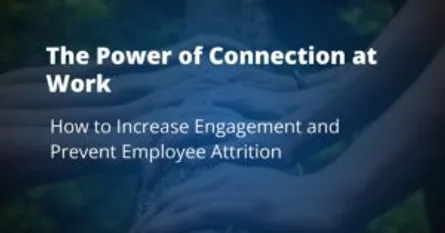
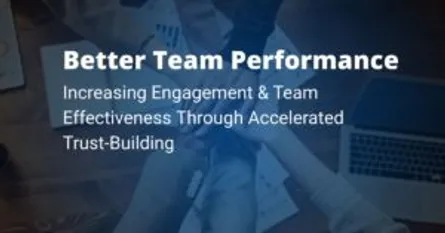
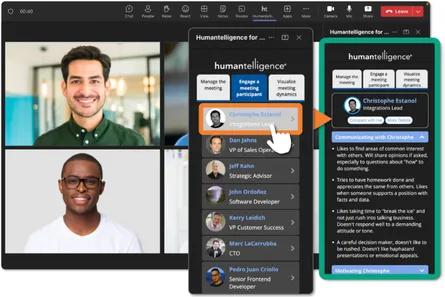
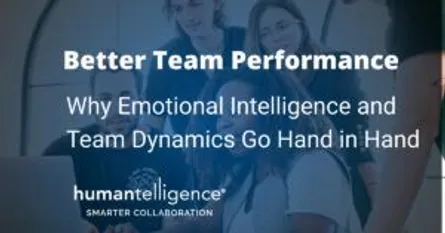
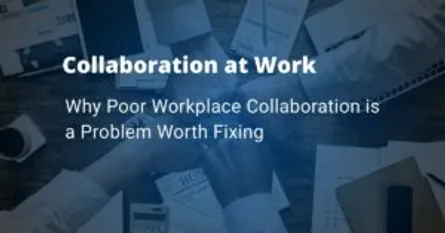
-Medium-Quality.ZFp5mEuF_Z13ebXJ.webp)
